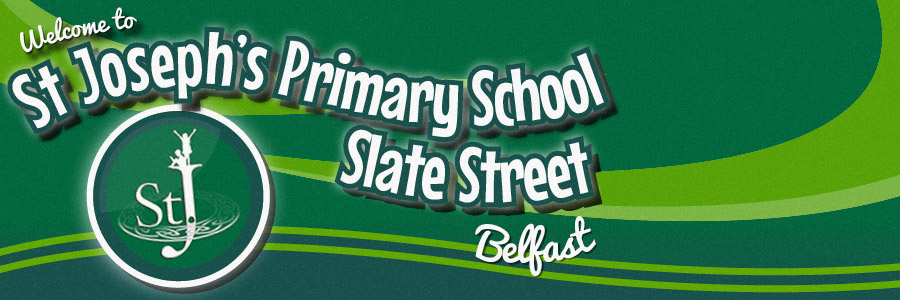Our mission is to transform mathematics education - NOW in P1 & P2, Each year we will roll the programme up into the next year group
What Is Maths Mastery?
Teaching maths for mastery is a transformational approach to maths teaching which stems from high performing Asian nations such as Singapore. When taught to master maths, children develop their mathematical fluency without resorting to rote learning and are able to solve non-routine maths problems without having to memorise procedures.
Success for all
Every child can enjoy and succeed in mathematics as long as they are given the appropriate learning opportunities. A growth mindset enables pupils to develop resilience and confidence.
Deeper understanding
Pupils must be given time and opportunities to fully explore mathematical concepts. The challenge comes from investigating ideas in new and complex ways – rather than accelerating through new topics.
Problem-solving
Enabling learners to solve new problems in unfamiliar contexts is the ultimate aim of mathematics education. Identifying, applying and connecting ideas enables pupils to tackle new and more complex problems.
Mathematical thinking
Successful mathematicians are known to develop mathematical ‘habits of mind’. To encourage this, we must support pupils to be systematic, generalise and seek out patterns. Questioning is a key element of this.
Mathematical language
Mathematical language strengthens conceptual understanding by enabling pupils to explain and reason. This must be carefully introduced and reinforced through frequent discussion to ensure it is meaningfully understood.
Multiple representations
Objects, pictures, numbers and symbols enable pupils to represent ideas and make connections in different ways. This develops understanding and problem solving skills – while making lessons engaging and fun.
Increasing enjoyment, resilience, understanding and attainment in maths
<iframe src="https://www.googletagmanager.com/ns.html?id=GTM-WNDZ27B" height="0" width="0" style="display:none;visibility:hidden"></iframe&g

An example of how we teach Number Bonds
Number bonds show how numbers are split or combined. An essential strategy of Singapore maths, number bonds reflect the ‘part-part-whole’ relationship of numbers.
What is a number bond?
Number bonds let students split numbers in useful ways. They show how numbers join together, and how they break down into component parts. When used in Year 1, number bonds forge the number sense needed for early primary students to move to addition and subtraction. As students progress, number bonds become an essential mental problem-solving strategy.
Why are number bonds part of Singapore mathematics?
Number bonds are an essential component when teaching the Singapore method of maths for mastery. They foster number sense in students, and are an important concept within the Singapore primary curriculum. However so-called ‘Singapore Number Bonds’ are not a specifically Singaporean method — the term has been around since the 1920s.
How do number bonds work?
Number bonds are represented by circles connected by lines. The ‘whole’ is written in the first circle, while the ‘parts’ are in the adjoining circles.

How to teach number bonds
Children are usually introduced to number bonds through the Concrete, Pictorial, Abstract (CPA) approach. Here’s just one way to introduce and teach number bonds.
Concrete step
Children start out by counting familiar real-world objects that they can interact with. They then use counters to represent the real-world objects. From here, they progress to grouping counters into two groups.
By putting five counters into two groups, children learn the different ways that five can be made. For example, 3 and 2 as illustrated below. With further exploration, children work out other ways to break numbers into two groups.
Pictorial step
Now that they understand the concept with hands-on objects and experience, children progress to writing number bonds in workbooks or on whiteboards. Early number bond explorations might simply reflect the two groups of counters that they created during the concrete step, along with other combinations.
Abstract step
With the concrete and pictorial steps done and dusted, children progress to representing abstract problems using mathematical notation (for example, 3 + 2 = 5).

Taking the concept a step further
Number bonds also develop problem-solving strategies such as ‘making ten’ with ten frames, multilink or unifix cubes.
By mastering number bonds early on, pupils build the foundations needed for subsequent learning and are better equipped to develop mental strategies and mathematical fluency. By building a strong number sense, pupils can decide what action to take when trying to solve problems in their head.
This example shows how a pupil would develop their number sense, or mathematical fluency, by using number bonds to perform a mental calculation.

St Josephs Primary School, 1a Slate St, Cullingtree Road, Belfast BT12 4LD Phone: 028 9032 3683
 Menu
Menu

